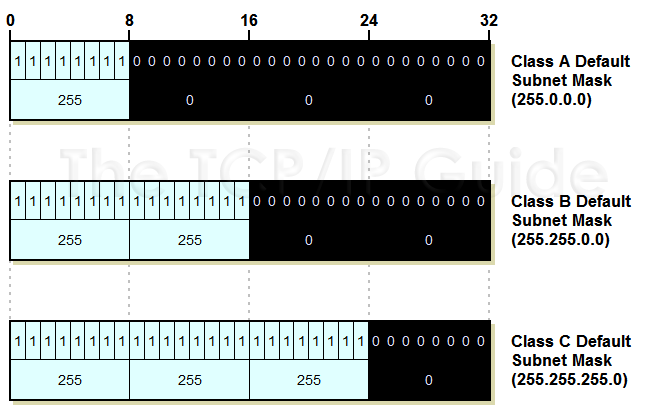What is IP address. ?
An Internet Protocol address (IP address) is a numerical
label assigned to each device (e.g., computer, printer) participating in a computer
network that uses the Internet
Protocol for
communication. An IP address
serves two principal functions: host or network interface identification and location addressing.
Its role has been characterized as follows: "A name indicates what we seek. An address
indicates where it is. A route indicates how to get there.
The
designers of the Internet Protocol defined an IP address as a 32-bit number and
this system, known as Internet Protocol Version 4 (IPv4), is still in use today.
However, due to the enormous growth of theInternet and the predicted depletion of available addresses, a new
version of IP (IPv6),
using 128 bits for the address, was developed in 1995.[3] IPv6 was standardized as RFC 2460 in 1998, and itsdeployment has been ongoing since the mid-2000s.
IP
addresses are binary
numbers, but they are usually stored in text files and displayed in human-readable notations, such as 172.16.254.1 (for
IPv4), and 2001:db8:0:1234:0:567:8:1 (for IPv6).
The Internet Assigned Numbers Authority (IANA) manages the IP address space
allocations globally and delegates five regional Internet registries (RIRs) to allocate IP address blocks
to local Internet registries(Internet service providers) and other entities.
IP address divide into how many class ?
This might seem like a strange concept—if you aren't going to bother creating subnets, why do you need to consider how the old-fashioned classes are used under subnetting? The answer is that after subnetting became popular, most operating systems and networking hardware and software were designed under the assumption that subnetting would be used. Even if you decide not to subnet, you may need to express your unsubnetted network using a subnet mask.
In essence, a non-subnetted class A, B or C network can be considered the “default case” of the more general, custom-subnetted network. Specifically, it is the case where we choose to divide the host ID so that zero bits are used for the subnet ID and all the bits are used for the host ID. I realize that this seems like a bit of a semantic game. However, this default case is the basis for the more practical subnetting.
Just as is always the case, the subnet mask for a default, unsubnetted class A, B or C network has ones for each bit that is used for network ID or subnet ID, and zeroes for the host ID bits. Of course, we just said we aren't subnetting, so there are no subnet ID bits! Thus, the subnet mask for this default case has 1s for the network ID portion and 0s for the host ID portion. This is called the default subnet mask for each of the IP address classes.
Since classes A, B and C divide the network ID from the host ID on octet boundaries, the subnet mask will always have all ones or all zeroes in an octet. Therefore, the default subnet masks will always have 255s or 0s when expressed in decimal notation.
IP Address Class
|
Total # Of Bits For Network ID / Host ID
|
Default Subnet Mask
| |||
First Octet
|
Second Octet
|
Third Octet
|
Fourth Octet
| ||
Class A
|
8 / 24
|
11111111
(255) |
00000000
(0) |
00000000
(0) |
00000000
(0) |
Class B
|
16 / 16
|
11111111
(255) |
11111111
(255) |
00000000
(0) |
00000000
(0) |
Class C
|
24 / 8
|
11111111
(255) |
11111111
(255) |
11111111
(255) |
00000000
(0) |
 |
No comments:
Post a Comment